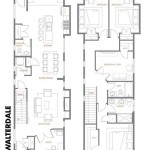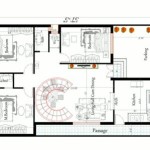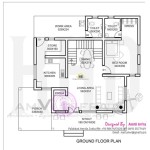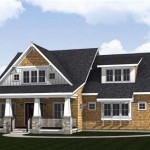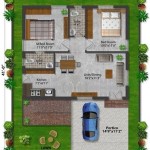AutoCAD Drawing of House Plans: Essential Aspects
AutoCAD, a widely used design and drafting software, plays a crucial role in creating precise and detailed architectural house plans. These plans serve as blueprints for constructing residential buildings and ensure seamless communication among architects, engineers, contractors, and homeowners. Understanding the essential aspects of AutoCAD drawing for house plans is paramount to achieve accurate and efficient designs.
1. Understanding AutoCAD Interface
Becoming familiar with the AutoCAD interface is the cornerstone of efficient house plan creation. The workspace comprises a drawing area surrounded by various toolbars, menus, and command lines. Navigating these elements seamlessly and understanding their functions is essential for creating accurate and detailed plans.
2. Establishing Drawing Standards
Adhering to established drawing standards ensures consistency and clarity in house plans. This includes following guidelines for line weights, dimension styles, and layers. Establishing a standard template for all house plans helps maintain uniformity and facilitates seamless collaboration among team members.
3. Using Layers Effectively
Layers in AutoCAD allow for the organization and management of different elements within a house plan. These layers can represent walls, doors, windows, furniture, and other components. By assigning specific layers to different elements, it becomes easier to edit, modify, and isolate them as needed.
4. Dimensioning and Annotations
Accurate dimensioning is crucial for conveying the precise measurements and distances within a house plan. Using appropriate dimension styles and placing annotations strategically ensures clear understanding and prevents misinterpretations. Additionally, adding notes and labels provides additional information to contractors and homeowners.
5. Creating Detailed Floor Plans
Floor plans are fundamental components of house plans, providing a bird's-eye view of each level of the building. AutoCAD enables the precise layout of rooms, walls, doors, and windows, ensuring accurate representation of the intended design.
6. Generating Elevations and Sections
Elevations and sections are essential for visualizing the external appearance and internal structure of a house. AutoCAD allows for the creation of detailed elevations, showcasing the facade and roofline, and sections that reveal interior details such as wall construction and ceiling heights.
7. Incorporating Architectural Features
AutoCAD provides tools for incorporating various architectural features into house plans. These include fireplaces, stairs, bay windows, and moldings. By using pre-defined blocks or creating custom symbols, architects can easily add these elements to the plans, enhancing their visual appeal and functionality.
Conclusion
Mastering the essential aspects of AutoCAD drawing for house plans empowers architects and designers to create precise, detailed, and visually appealing representations of residential buildings. By understanding the interface, adhering to drawing standards, leveraging layers effectively, dimensioning accurately, generating comprehensive floor plans, elevations, and sections, and incorporating architectural features, professionals can produce high-quality house plans that serve as the foundation for successful construction projects.

First Floor Plan Of Residence Detail Presented In This Autocad Drawing File 2d Auto Cad Ca Layout

Autocad Drawing And Coohom Design 3d Fast Rendering Blog

Making A Simple Floor Plan In Autocad Part 1 Of 3

North Facing House Plan Drawing Autocad File Cadbull

Convert Your Hand Drawn House Plan To Autocad Drawing

33 5 X45 Amazing 2bhk East Facing House Plan As Per Vastu Shastra Autocad Dwg And File Details Cad Free Plans Budget

How To Draw Floor Plans In Autocad Edrawmax

Single Family House Free Cad Blocks Dwg Files

Architecture House Ground Floor And First Plan Autocad Drawing Dwg File

30 X30 House Layout Plan Autocad Drawing Dwg File Cadbull

